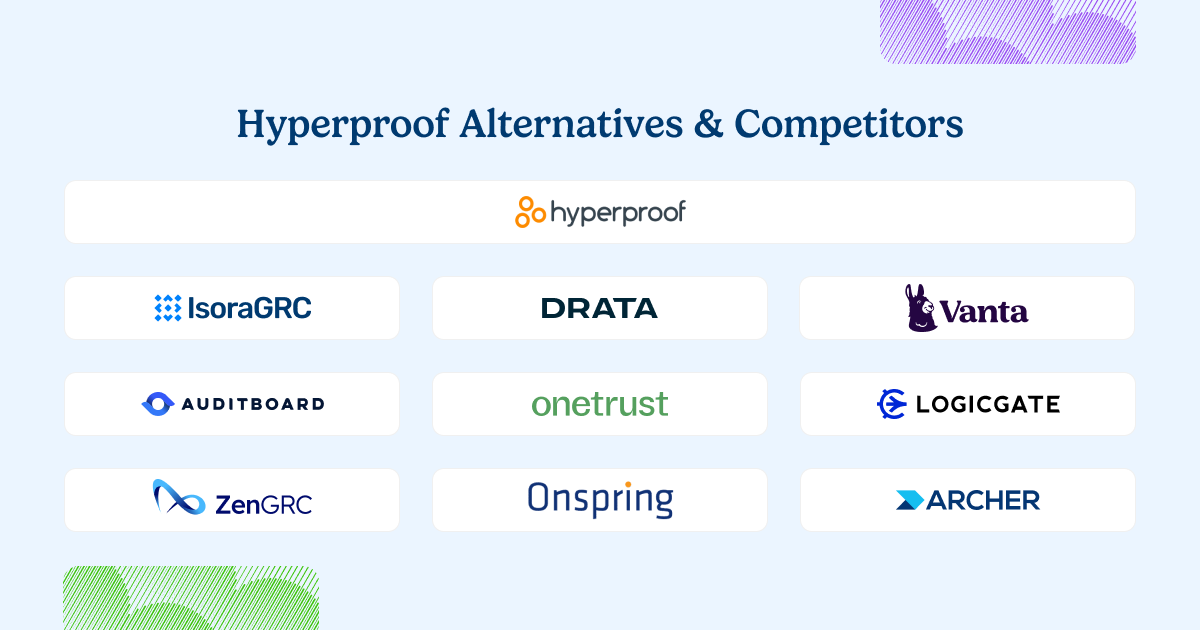
Hyperproof is a modern compliance operations platform designed to simplify frameworks like SOC 2, ISO 27001, and NIST. It helps teams collect evidence, manage tasks, and stay audit-ready—but it stops short of supporting true risk management.
For security teams tasked with assessing vendors, tracking internal risk, or managing exceptions across systems and departments, Hyperproof can feel like a project tracker with compliance labels—not a platform for operationalizing risk.
Hyperproof is part of the security compliance automation category—tools built to make audits easier, but not necessarily to help security teams manage risk continuously and collaboratively.
Why Teams Look for Hyperproof Alternatives
| Common Limitation | Why It’s a Problem | What to Look for Instead |
| Audit-focused workflows | Prioritizes checkbox compliance over continuous risk oversight | Purpose-built for IT and third-party risk workflows |
| Doesn’t support risk registers or exceptions | Lacks visibility into real-time risk ownership and remediation | Built-in exception management and tracking |
| Minimal support for vendor risk | Not designed for external assessments or vendor inventories | Integrated third-party risk management |
| Focuses on task tracking, not engagement | Limited organizational participation | Platform that engages teams beyond security and compliance |
What to Look for in a Hyperproof Alternative
- Tools for running internal and external assessments
- Built-in exception tracking and centralized risk registers
- Support for vendor inventories and third-party risk assessments
- A platform that enables collaboration, not just documentation
- Designed to support the full risk lifecycle—not just audits
Top Hyperproof Alternatives
1. Isora GRC
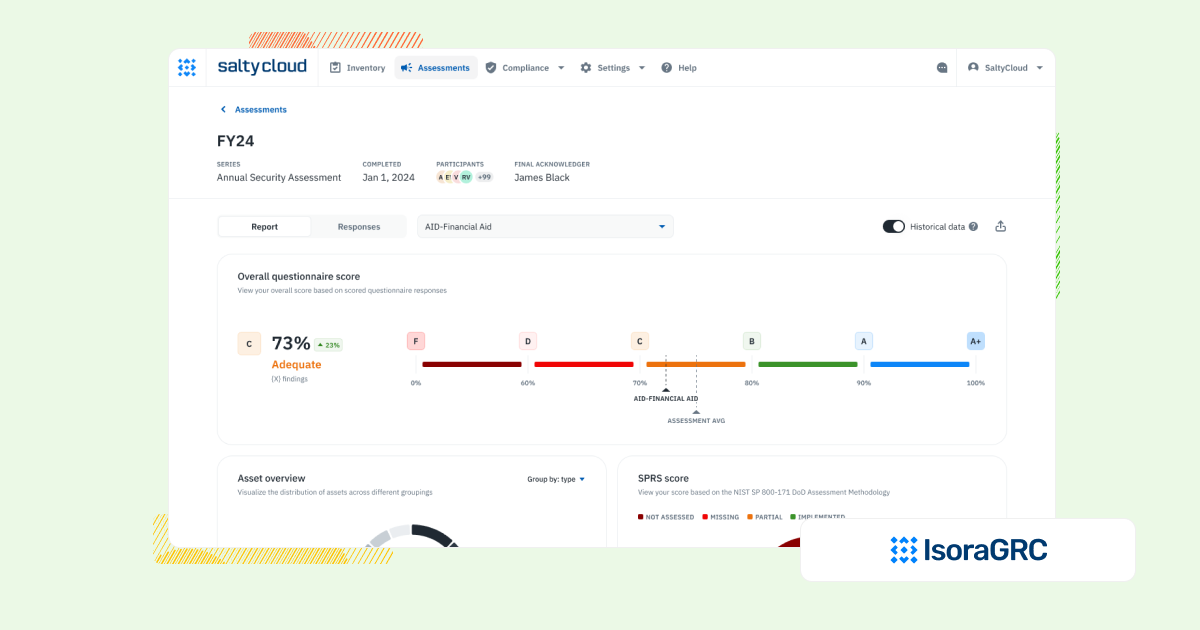
| Category | Details |
| Best For | Security teams that need to operationalize IT and third-party risk management across assets, third-party vendors, and business units. |
| Overview | Isora GRC is the GRC Assessment Platform™ built specifically for information security teams. It supports the full risk workflow, from assessments and questionnaires to risks, inventory, and reporting, without the complexity of legacy GRC tools or the limitations of audit-first platforms. |
| Strengths | Built for workflows, not checklists
✅ Supports assessments, inventory tracking, risk registers, and exceptions in a unified experience. Designed for org-wide adoption ✅ WCAG-compliant UX that requires no training and makes risk everyone’s job. Fast time-to-value ✅ Live in days or weeks, with no-code setup and minimal lift from IT. Flexible by default ✅ Customizable assessments, scalable categories, and framework mapping without heavy configuration. Scales across teams and vendors ✅ Works equally well for internal teams and third-party risk management programs. |
| Limitations | ⚠️ Not designed for legal, audit, or finance teams seeking one platform for enterprise-wide GRC
⚠️ May be too structured for teams looking to build one-off surveys or lightweight audits without repeatable workflows |
| When to Consider | If you need a modern risk platform built for continuous use, with workflows your security team will actually adopt, without the audit-only limitations of compliance task trackers. |
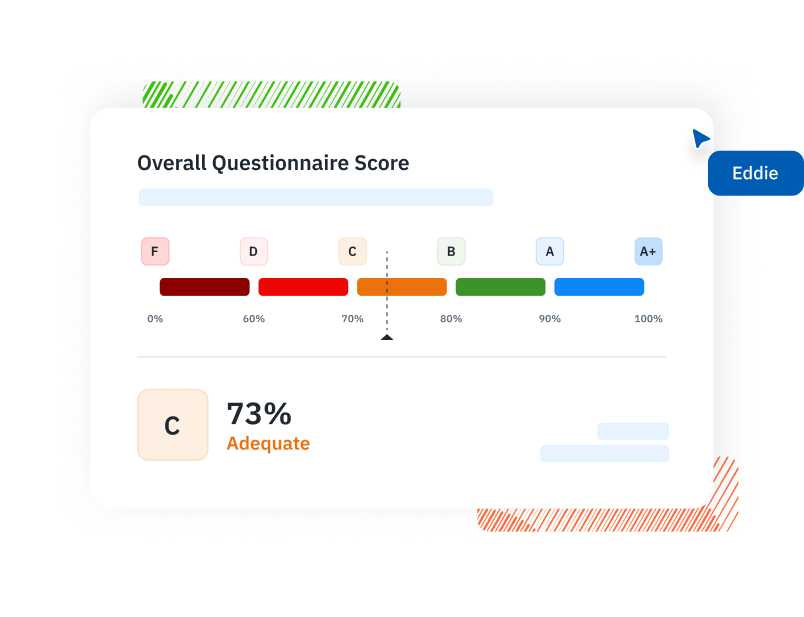
2. Drata
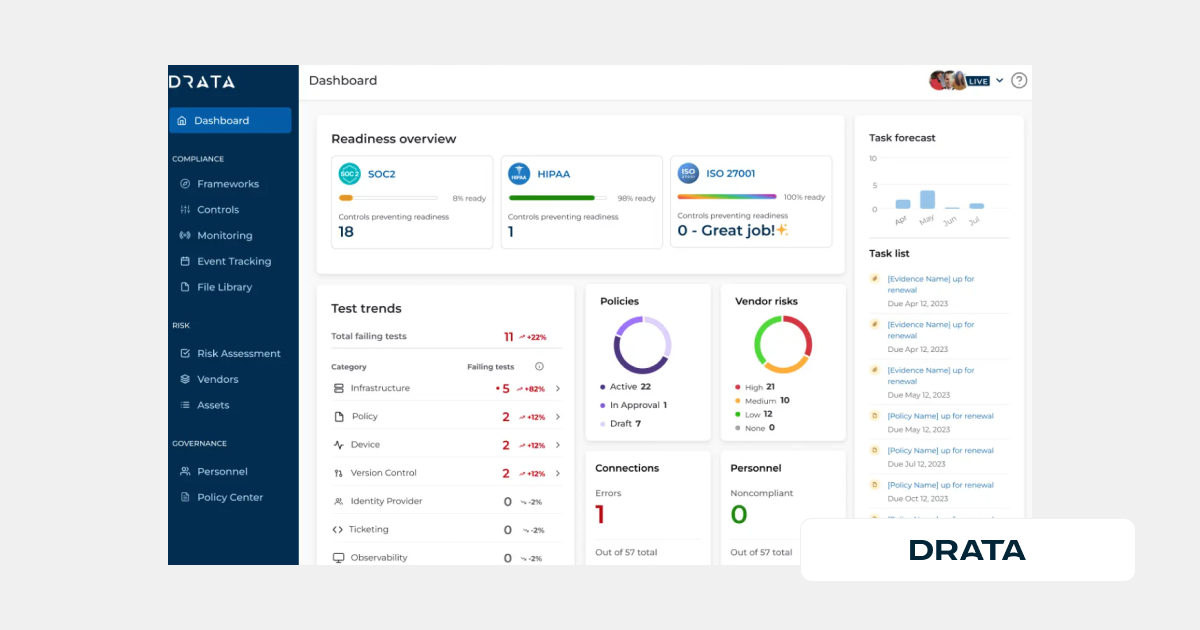
| Category | Details |
| Best For | Startups and growing teams that want to automate SOC 2, ISO 27001, and similar certifications. |
| Overview | Drata is a compliance automation tool built to help companies streamline audits. It offers strong integrations and evidence collection but lacks built-in tools for managing internal risk, vendor oversight, or exceptions across teams. |
| Strengths | ✅ Fast-track audit prep with automated control monitoring
✅ Supports multiple frameworks including SOC 2, ISO, and HIPAA |
| Limitations | ⚠️ Built for certifications, not designed for tracking risk across assets or vendors[Con 1]
⚠️ No structured support for exception workflows or risk registers |
| When to Consider | If your main goal is to pass audits quickly but you can work around the lack of tools for operational risk management, vendor assessments, and exception tracking across your organization. |
| Other Comparisons | Drata vs OneTrust vs Isora GRC |
3. Vanta
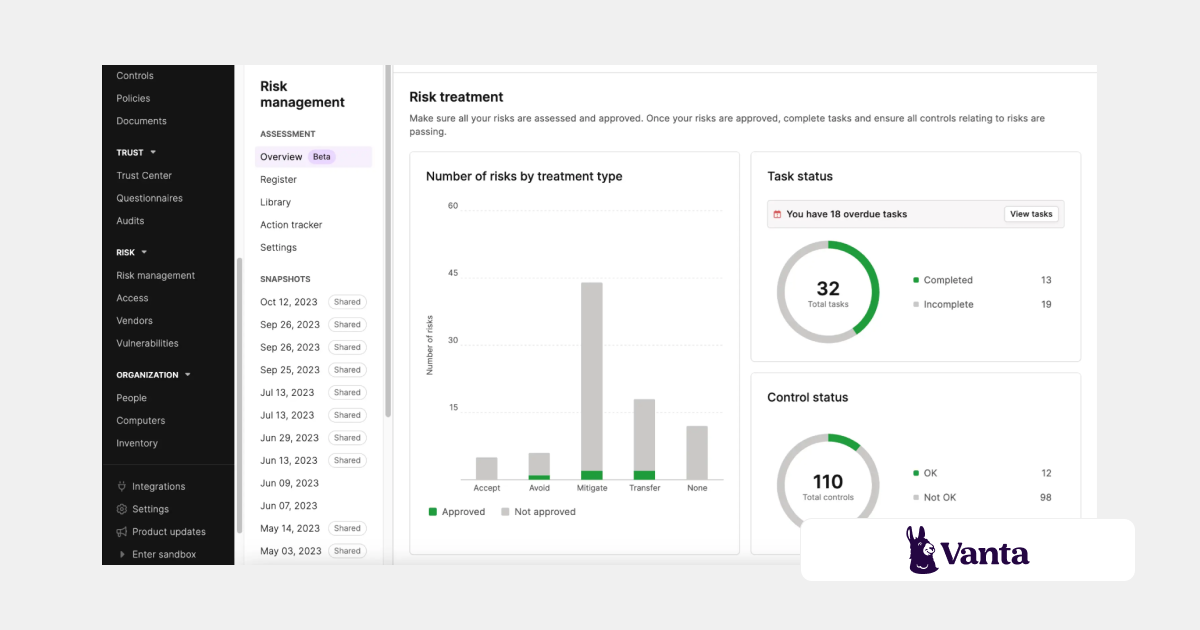
| Category | Details |
| Best For | Small teams and startups looking to get compliant fast with minimal manual work. |
| Overview | Vanta helps companies automate audit evidence collection and meet compliance goals. Like Hyperproof, it makes certifications easier but it doesn’t offer workflows to manage risk assessments, vendor inventories, or organization-wide risk ownership. |
| Strengths | ✅ Automated integrations and fast audit preparation
✅ Templates for frameworks like SOC 2 and ISO 27001 |
| Limitations | ⚠️ Lacks tools for ongoing IT or vendor risk tracking
⚠️ No support for exceptions, internal assessments, or risk registers |
| When to Consider | If you need a simple path to compliance but can work around the limited ability to manage real risk across assets, teams, and third-party relationships after the audit is over. |
| Other Comparisons | OneTrust vs Vanta vs Isora GRC |
4. AuditBoard
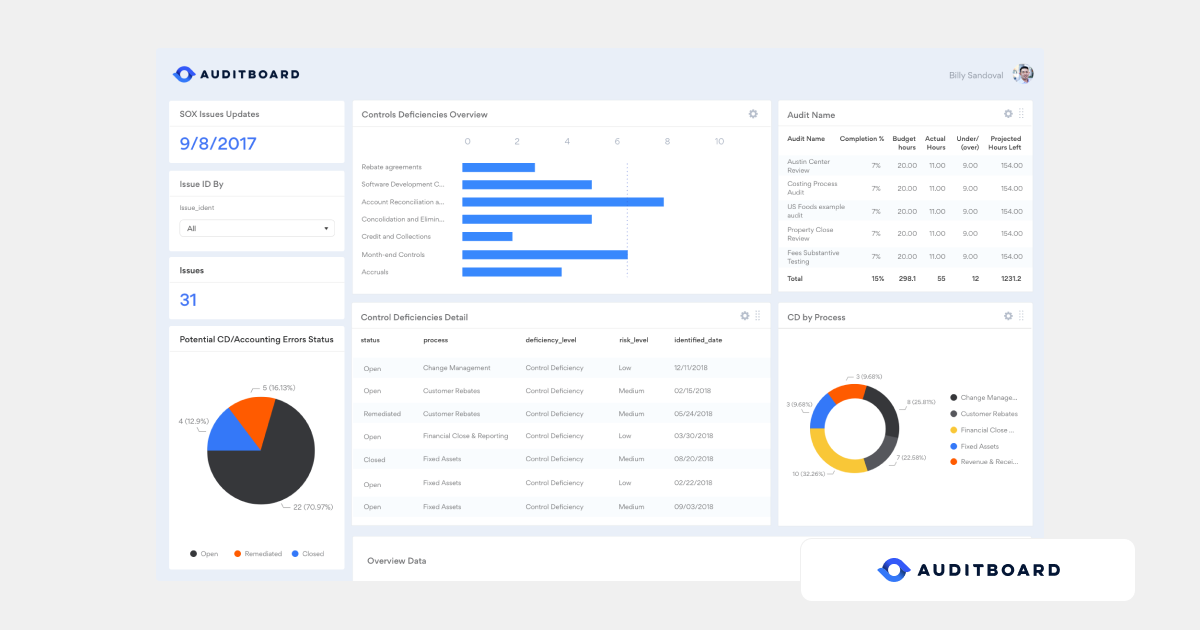
| Category | Details |
| Best For | Internal audit teams focused on tracking controls, collecting evidence, and managing audits. |
| Overview | AuditBoard is built to help audit and compliance teams manage controls and prepare for audits. While useful for documentation and SOX, it’s not designed to support continuous risk assessments, vendor evaluations, or exception management across technical teams. |
| Strengths | ✅ Simple, effective tools for control documentation and audit workflows
✅ Ideal for SOX and internal audit teams |
| Limitations | ⚠️ Not built for IT or third-party risk management workflows
⚠️ Lacks support for security assessments, asset inventories, or exception tracking |
| When to Consider | If your primary focus is on audit and compliance reporting but you can work around the absence of collaborative tools for IT risk, vendors, and day-to-day risk operations across departments. |
| Other Comparisons | AuditBoard vs ServiceNow GRC vs Isora GRC |
5. OneTrust GRC
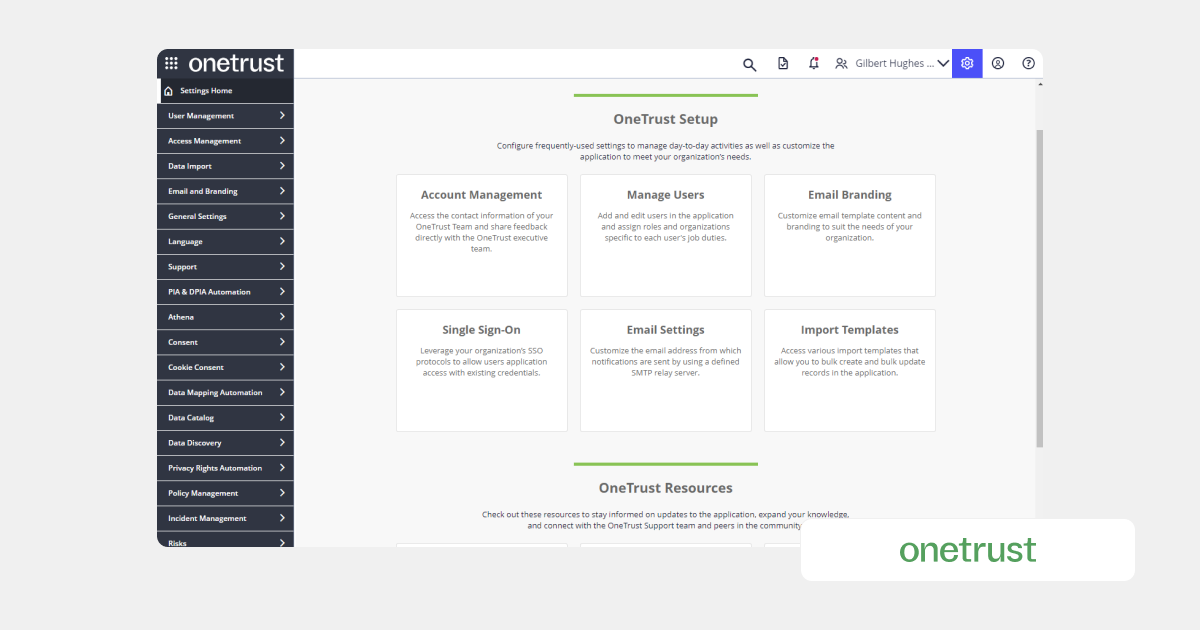
| Category | Details |
| Best For | Legal and compliance teams managing privacy frameworks, vendor risk documentation, and regulatory reporting. |
| Overview | OneTrust GRC extends its privacy platform with governance and vendor risk features. Like Hyperproof, it focuses more on documentation and less on active, repeatable risk workflows. It lacks built-in tools for ongoing assessments, risk registers, and internal exception management. |
| Strengths | ✅ Supports privacy compliance and vendor risk documentation
✅ Includes pre-built templates like CAIQ and SIG |
| Limitations | ⚠️ Not designed for continuous security or IT risk workflows
⚠️ Lacks structured tools for internal risk assessments, exception handling, or cross-team participation |
| When to Consider | If your primary goal is to manage vendor documentation and privacy compliance but can work around limited functionality for managing internal security risk or third-party workflows at scale. |
| Other Comparisons | OneTrust vs ServiceNow GRC vs Isora GRC |
6. LogicGate
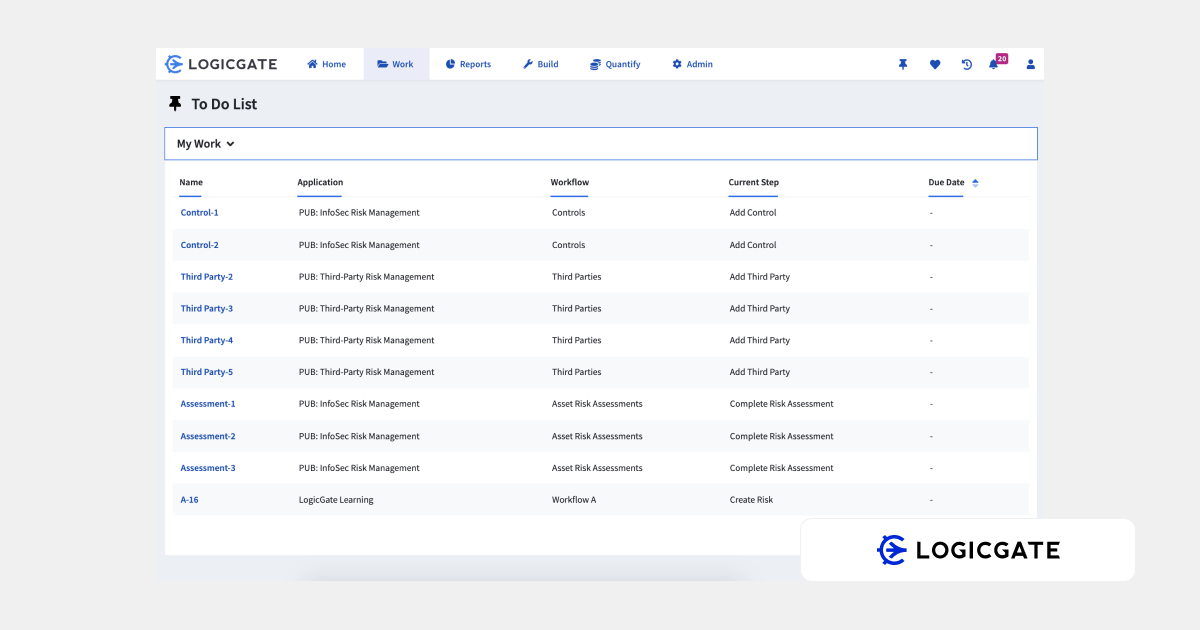
| Category | Details |
| Best For | Teams that want full control over their risk workflows and are willing to invest time in building and maintaining them. |
| Overview | LogicGate is a flexible, no-code platform that allows teams to design their own GRC workflows. Unlike Hyperproof, it can be adapted to a wide range of risk use cases but it lacks structured templates for fast-moving security teams needing to operationalize risk quickly. |
| Strengths | ✅ Customizable workflows for IT, vendor, and compliance risk programs
✅ Supports frameworks like NIST and ISO with flexible mapping |
| Limitations | ⚠️ Requires time and resources to design and implement workflows
⚠️ No out-of-the-box tools for security assessments, exception tracking, or vendor inventories |
| When to Consider | If you want to build a tailored risk platform from the ground up but can work around the slower setup and lack of ready-to-use features for active security risk and vendor oversight workflows. |
| Other Comparisons | LogicGate vs Archer IRM vs Isora GRC |
7. ZenGRC
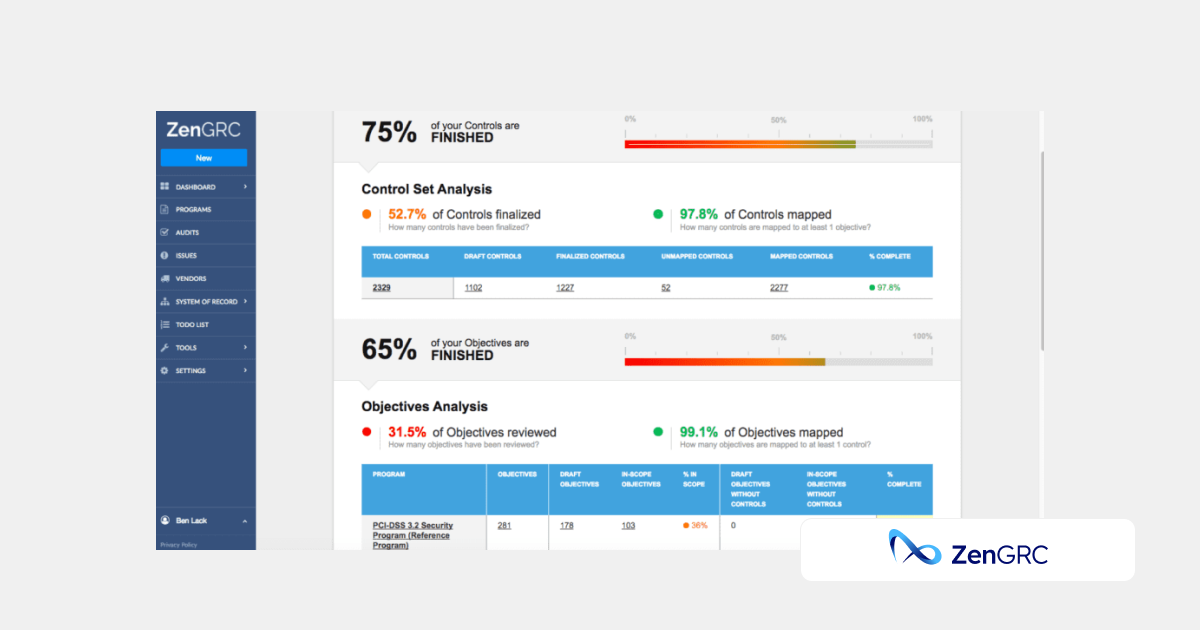
| Category | Details |
| Best For | Small teams starting out with compliance tracking and audit readiness. |
| Overview | ZenGRC is a lightweight tool for managing audits and organizing compliance evidence. Like Hyperproof, it focuses on checklist-style workflows and framework templates but doesn’t support broader risk operations like asset tracking or exception management. |
| Strengths | ✅ Simple setup and UI for compliance documentation
✅ Templates for SOC 2, ISO 27001, and other common frameworks |
| Limitations | ⚠️ No structured support for IT or third-party risk management workflows
⚠️ Limited tools for exception handling, asset risk, or risk ownership across teams |
| When to Consider | If you need a basic tool for audit prep and compliance tracking but can work around the limited ability to manage ongoing IT risk, vendor assessments, or exception workflows at scale. |
| Other Comparisons | ZenGRC vs AuditBoard vs Isora GRC |
8. Onspring
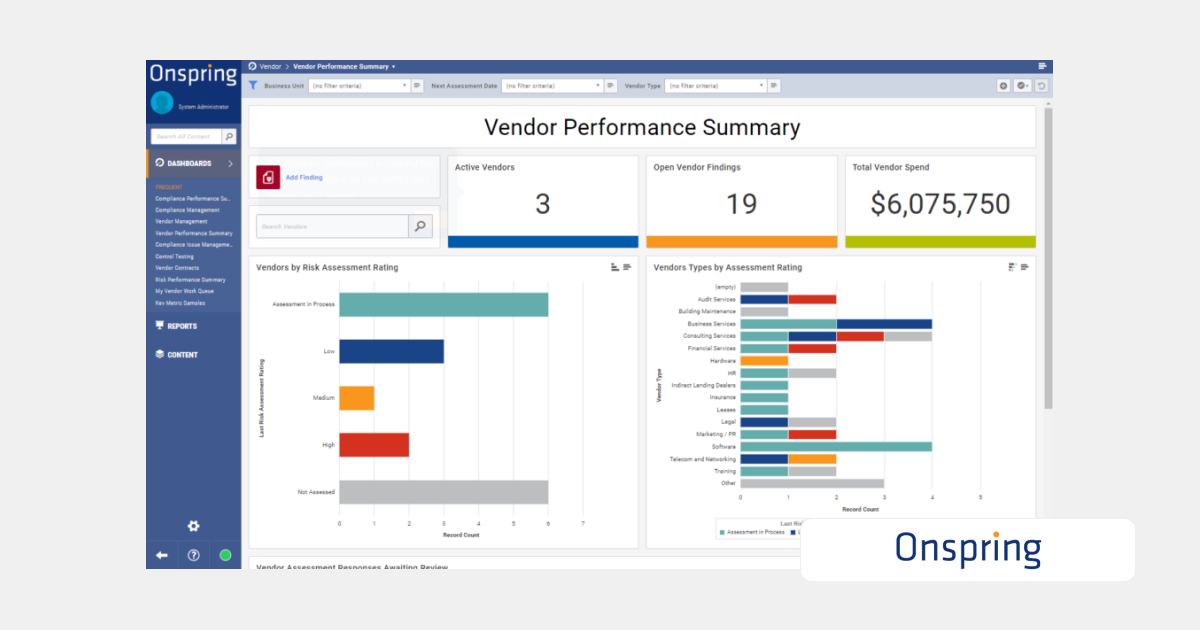
| Category | Details |
| Best For | Legal, audit, or compliance teams that need a customizable, no-code GRC platform. |
| Overview | Onspring offers a no-code platform to design custom governance workflows. It’s more flexible than Hyperproof but still lacks out-of-the-box tools for IT risk assessments, exception tracking, and vendor risk lifecycle management. |
| Strengths | ✅ Customizable for a wide range of GRC use cases
✅ No-code environment ideal for non-technical process owners |
| Limitations | ⚠️ Requires time and expertise to design effective workflows
⚠️ Doesn’t include structured tools for IT risk or security team adoption out of the box |
| When to Consider | If you want to build your own GRC platform from scratch but can work around the time and effort required to configure it for practical, security-focused risk management workflows. |
| Other Comparisons | Onspring vs AuditBoard vs Isora GRC |
9. Archer IRM
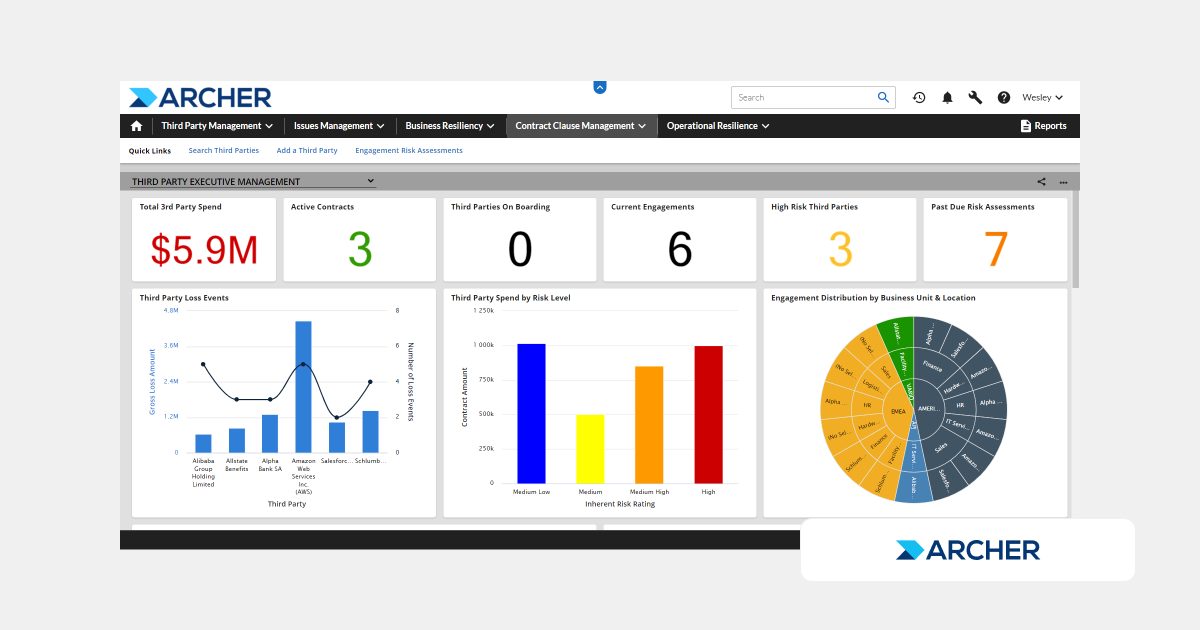
| Category | Details |
| Best For | Large enterprises managing broad GRC programs with formal audit and compliance oversight. |
| Overview | Archer IRM is a legacy enterprise GRC platform known for its configurability and regulatory alignment. Like Hyperproof, it supports audits but it lacks the speed, simplicity, and structure that modern security teams need for ongoing IT and vendor risk management. |
| Strengths | ✅ Enterprise-grade governance capabilities across compliance, audit, and risk
✅ Widely adopted in highly regulated industries |
| Limitations | ⚠️ Long setup cycles and resource-heavy configuration
⚠️ No purpose-built workflows for IT risk, exception tracking, or vendor management |
| When to Consider | If you’re managing an enterprise-wide GRC program but can work around the lack of intuitive, scalable tools for security teams running operational risk and third-party assessment programs across departments. |
| Other Comparisons | Archer IRM vs ServiceNow GRC vs Isora GRC
LogicGate vs Archer IRM vs Isora GRC ZenGRC vs Archer IRM vs Isora GRC |
What Our Customers Say About Isora GRC
Security teams at top institutions are using Isora GRC to replace legacy tools and manual processes with intuitive workflows and actionable insight.
“Moving from manual processes to using Isora was a breath of fresh air. What used to take months is now automated, reliable, and defensible. Isora saves us significant time while delivering accurate insights that improve decision-making.”
Jessica Sandy, IT GRC Manager, The University of Chicago
“Isora has been essential in helping us meet our University of California cybersecurity requirements across a decentralized campus. Automating assessment data collection and reporting has given us clear visibility into unit-level risks, enabling us to prioritize resources effectively and address gaps with confidence.”
Allison Henry, CISO, The University of California, Berkeley
FAQs
What are some alternatives to Hyperproof?
Hyperproof is part of the compliance automation category—tools that help manage audits and framework alignment. Alternatives like Isora GRC go further, providing structured workflows for internal and vendor risk assessments, exception tracking, and collaborative risk management across the organization.
Why do teams switch from Hyperproof to platforms like Isora GRC?
Teams often leave Hyperproof when they realize it’s better at managing tasks than managing risk. While it helps with evidence collection and audit prep, it lacks support for exception workflows, vendor assessments, and centralized risk visibility. Isora GRC fills those gaps with tools designed for operational risk.
Does Isora GRC replace tools like Hyperproof or complement them?
Isora GRC typically replaces Hyperproof for teams focused on managing IT and vendor risk across business units. While Hyperproof supports compliance readiness, Isora enables end-to-end risk workflows—from assessment delivery to remediation tracking.
Which platform is better for tracking exceptions and third-party risk?
Hyperproof doesn’t offer structured exception management or robust vendor assessment tools. Isora GRC was built for both—providing workflows for logging, assigning, and resolving exceptions while also managing vendor inventories and third-party risk assessments.
What should I look for in a Hyperproof alternative?
Look for a platform that supports real-time risk workflows, not just audit tasks. Key features include internal and external assessments, risk registers, exception tracking, and organization-wide collaboration. Isora GRC is designed to support all of that without heavy configuration.
This content is for informational purposes only and does not constitute legal or compliance advice. See our full disclaimer.


















